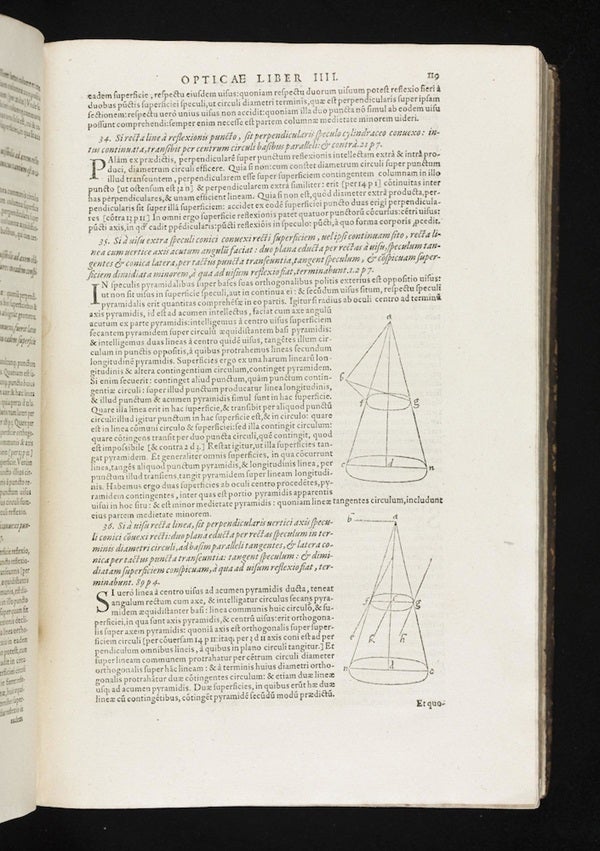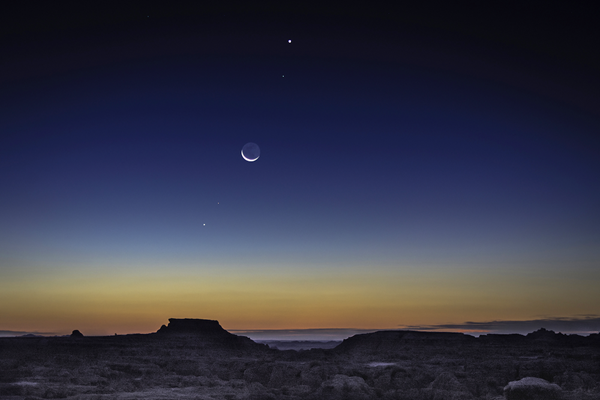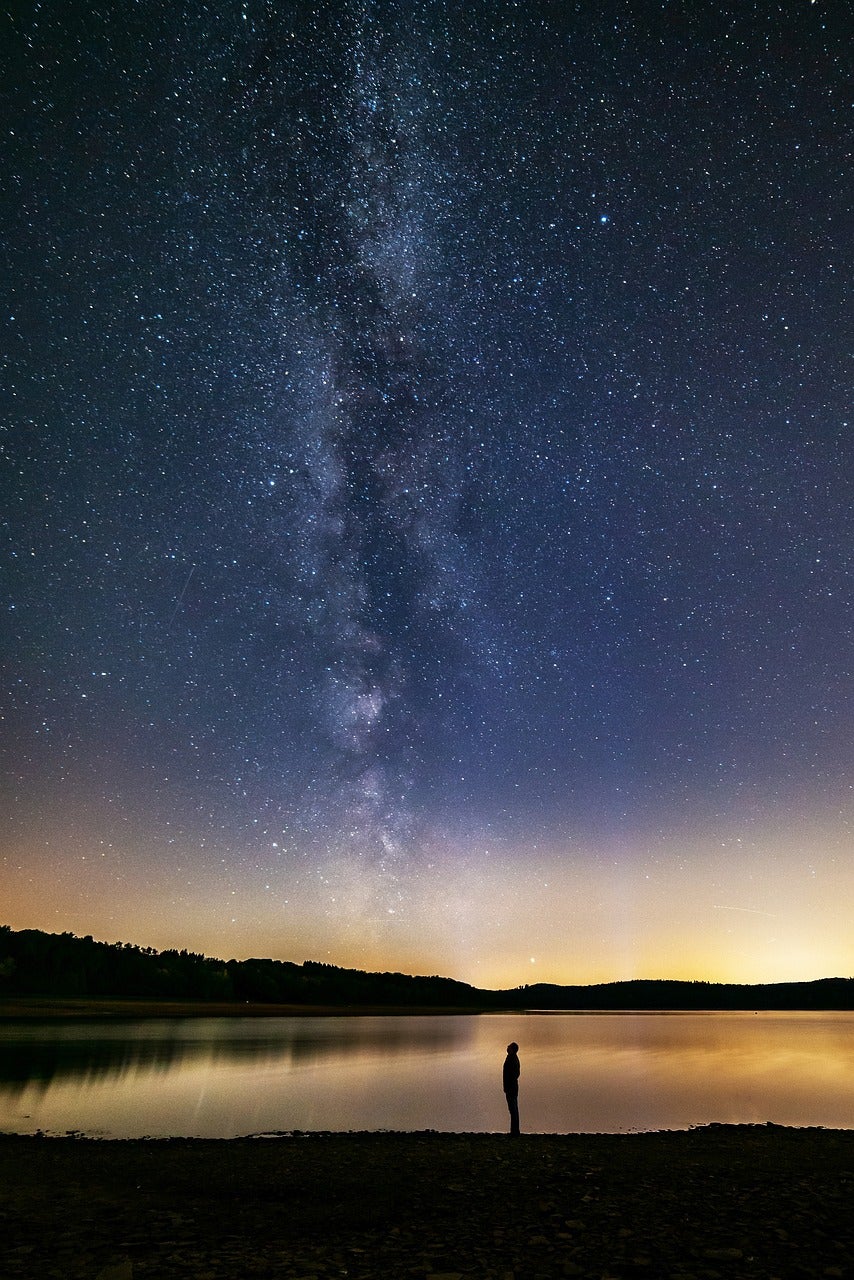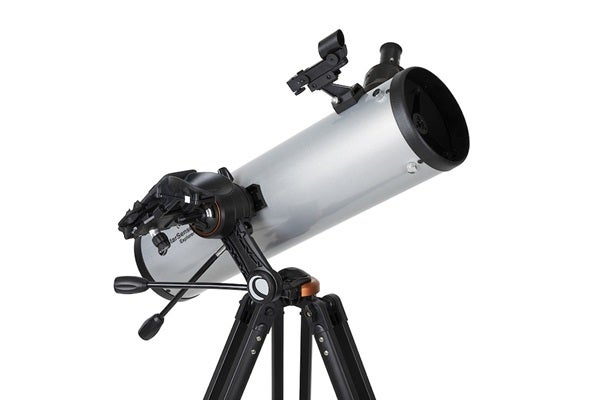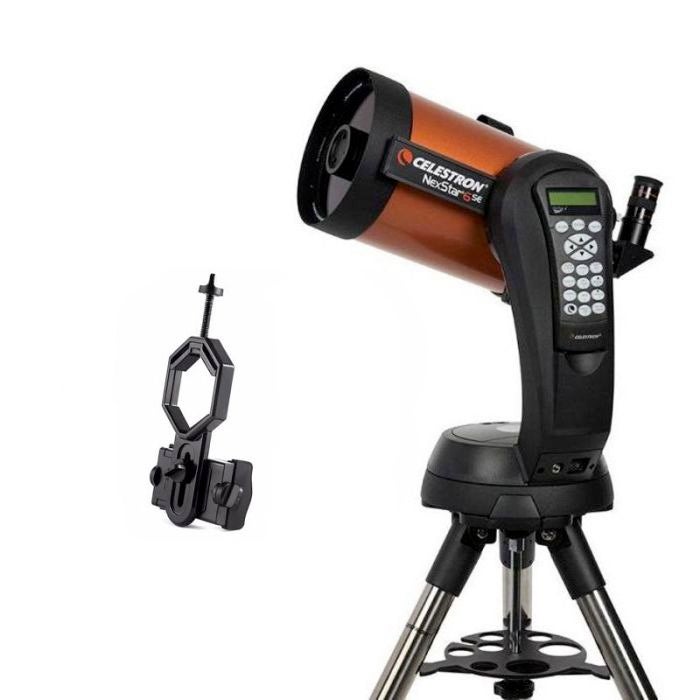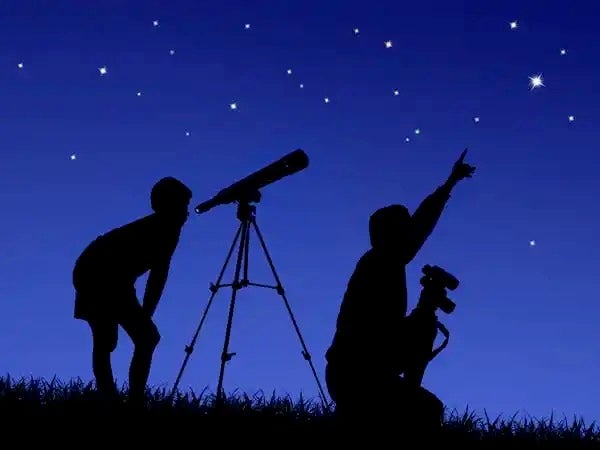Of the world’s countless material objects, you and I probably have one in common. We each own at least one lens. They’re in all our eyepieces.
The word lens arrives unchanged from its Latin origins, where it means “lentil.” And the double-convex shape of every lentil bean really does resemble that of lenses. Yet few of us know of Alhazen, who wrote one of history’s most influential works on the subject, the seven-volume Book of Optics. No surprise: We’re mostly clueless about science before the Renaissance.
Let’s focus on that mystery man who fashioned so many revelations during the Golden Age of Arabic Science. Abu Ali al-Hasan ibn al-Haytham was born in Basra (in what is now Iraq) in a.d. 965. Here, though, we’ll use his Latinized title — Alhazen. In a groundbreaking approach, he performed careful experiments, applied rigid mathematics, and made watchful observations. For example, in 1021 (or thereabouts — the exact date is disputed) Alhazen became the first to accurately describe the way air bends, or refracts, light. He showed how our atmosphere creates twilight and said the first trace of dawn begins when the Sun is 19° below the horizon. Today’s modern figure is 18°.
Alhazen employed complex, accurate geometric calculations to determine the height of Earth’s atmosphere is 52,000 passuum. You’re not impressed? That probably means you haven’t used that Latin unit of length lately. It was equal to about 5 feet (1.5 meters). Do the math and Alhazen’s figure for our atmosphere’s height — how far up the air extends — was 49 miles (79 kilometers). Nowadays, most authorities place the figure at 52 miles (84 km), the top of the mesosphere.
In addition to discovering the laws of refraction, Alhazen also invented the pinhole camera and dispersed light into its constituent colors. He was an expert in eclipses and optics and correctly figured out the math behind them.
How he had time for so much experimentation is a strange story that began when he still lived in Basra and read about the Nile’s famous annual floods. In a moment of overconfidence, he wrote that the river’s destructive autumn inundations could easily be controlled by a system of reservoirs and dikes, which might also serve to store the water for use during the long dry season.
When he arrived in Cairo, the caliph — by all accounts a testy, unpleasant fellow — summoned him and said, “OK, do it.” Alhazen was taken on a tour of the various floodplains. He must have shuddered. Observing the flood regions in person, the pragmatic Alhazen immediately knew that his now-famous published plan could not possibly work, not in a million years. What happened next is hazy. But by some accounts, rather than admit his mistake and take a chance that the murderous Caliph would have him executed on the spot, Alhazen tried a risky ploy: He feigned madness.
The ruler then locked him under permanent house arrest. This gave Alhazen 10 full years, starting in 1011, to write innumerable brilliant treatises, including the notable work on optics that ranks with that of Newton seven centuries later. He was finally set free when the caliph died in 1021 and Alhazen could shake off the crazy act that he had probably gotten pretty good at.
Of course, the field of optics was still in its infancy. But its development would ultimately allow Galileo Galilei to use a telescope to view the heavens. What’s more, by selling homemade telescopes, Galileo made a nice profit from a successful optics-related side business. That’s a lesson poor Alhazen, whose brilliance failed to lift him out of the raccoon tax bracket, never seemed to learn — even if his mesmerizing pinhole camera drew amazed visitors to his door.

